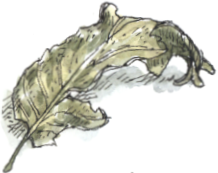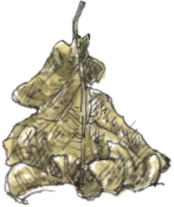previous | home page | this month| e-

Oak & Sycamore
Richard Bell’s Wild West Yorkshire nature diary, Wednesday, 7th January 2009
previous | home page | this month| e-


THE YORKSHIRE Wildlife Trust is continuing its management of Stoneycliffe Wood Nature Reserve at the top end of Coxley Valley by felling some of the sycamores. The saying ‘you can’t see the wood for the trees’ applies here because the herb layer and shrub layer are as much a part of a woodland ecosystem as the trees and opening a gap in the canopy will let the light and air through, allowing the understorey to regenerate.
As with the recent ‘chainsaw massacre’ by the River Calder, some locals are very upset to see mature trees sacrificed but the selective felling should improve the long term health of the wood.
Although sycamore isn’t a true native and can therefore be regarded as something of a ‘weed’ in native woodland, it isn’t without wildlife value: for instance the thousands of aphids that feast on its sappy leaves in spring provide a food supply for nesting warblers, tits and wrens.
I’m told that bramble has been amongst the first of the herb/shrub layer plants to regenerate. The Trust might have preferred to see bluebells, wood anemones and wood sorrel but bramble has plenty of wildlife value . . . and it’s a native.
Sycamore Acer pseudoplatanus, a native of continental Europe
Common or English Oak Quercus robur
Link: Yorkshire Wildlife Trust